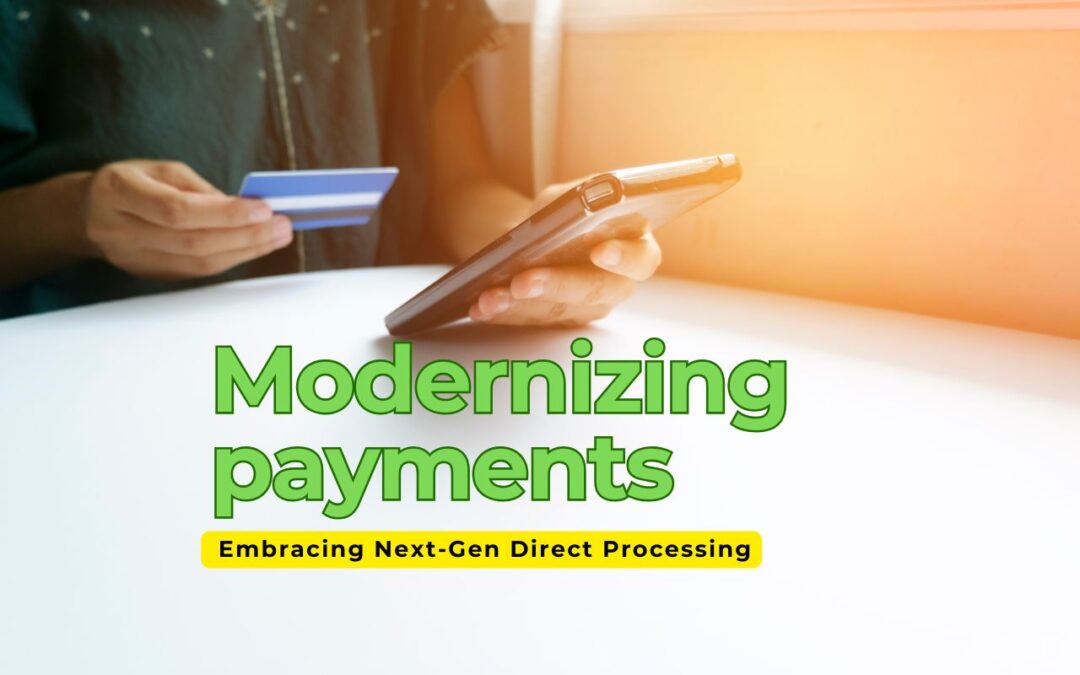In today’s fast-paced digital market, businesses need Modernizing payments systems that are fast, secure, flexible, and cost-effective. Let’s explore how modern direct payment solutions and orchestration platforms are redefining payment processing.
1. Why Direct Payment Solutions Matter
Businesses traditionally pay fees and rely on third-party processors for every transaction. Direct payment solutions eliminate intermediaries by enabling businesses to interact directly with payment networks. This leads to:
- Quicker settlement times – transactions clear faster without intermediary delays.
- Lower costs – fewer middlemen means reduced fees.
- Greater control – businesses can customize transaction flows to suit their needs.
2. The Role of Payment Orchestration
Payment orchestration platforms (POPs) act as a unified layer over multiple payment providers and gateways. Instead of connecting separately to each partner, merchants integrate once with the POP, which then:
- Manages the routing of transactions to the most suitable provider.
- Enhances authorization rates through intelligent routing.
- Incorporates fraud detection and marketing tools.
- Provides a single dashboard for monitoring payments.
Together, direct payment links and orchestration platforms deliver a modern, all‑in‑one payment infrastructure.
3. Key Advantages
- Seamless Customer Experience
With fewer redirects and faster processing, customers enjoy smoother checkout journeys. - Operational Efficiency
One integration covers all gateways, meaning faster rollout and easier updates. - Enhanced Security
POPs centralize fraud defense, using tokenization systems and real‑time risk analytics. - Scalability & Redundancy
If one provider falters, transactions automatically reroute to functioning channels, reducing downtimes.
4. How It Works: A Step‑by‑Step Look
- Integration: Merchant connects their platform (e‑commerce, POS, mobile app) to a POP.
- Provider Configuration: Multiple payment methods (cards, wallets, BNPL) are set up within the POP.
- Routing Rules: POP chooses providers per transaction based on price, performance, region, or other criteria.
- Processing: The POP handles the entire transaction lifecycle—authorization, settlement, and refunds.
- Monitoring: Detailed analytics and dashboards offer insights into performance and costs.
5. Best Practices for Adoption
- Map Business Goals: Start by outlining your regional needs (e.g. multi-currency) and volume expectations.
- Choose the Right Providers: Select payment networks and gateways that offer regional coverage, pricing transparency, and reliability.
- Define Routing Logic: Route based on cost-efficiency, success rates, or user geography.
- Monitor & Adjust: Use POP dashboards to spot declines or fraud spikes and tweak your setup accordingly.
- Stay Up-to-Date: Regularly review provider terms and industry regulations to ensure compliance.
6. Looking Ahead
Direct payment strategies and orchestration are increasingly converging with emerging trends like real-time payments, open banking hubs, and AI-enhanced fraud prevention, paving the way for fully automated and data-driven payment systems.
Final Takeaway
Modernizing payments isn’t simply about cutting costs—it’s about building a transaction system that’s fast, secure, transparent, and tailored to your business. By combining direct payment methods with orchestration platforms, companies gain a competitive edge: streamlined settlements, reduced fees, and insights to optimize continuously.













